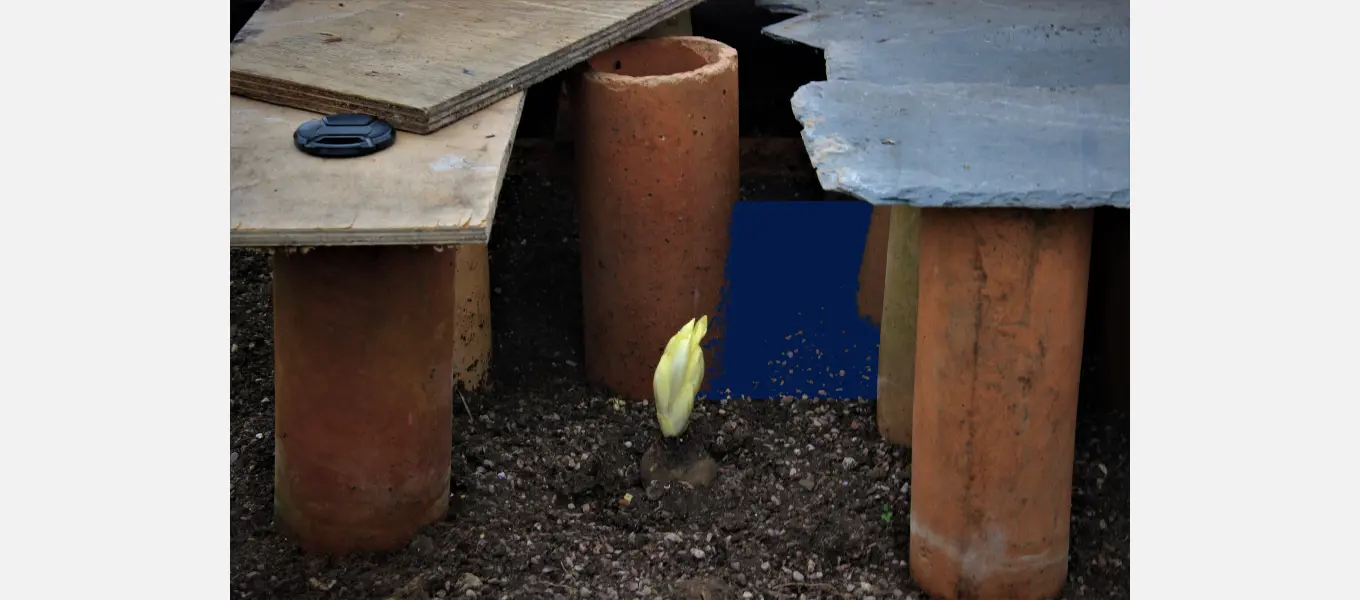There is a noticeable stillness in the garden. December’s rush to collect the last of the troublesome fallen leaves, cut back the decaying herbaceous greenery from the borders and plant the final spring flowering bulbs seems a long way behind us now. With much work still to be done before things burst into life again, this is a precious opportunity to look at the bare bones of the garden, tweak its structure and maintain the balance for the year ahead.
The garden team are working their way through Arcadia, the Maze and the Rock Garden, keeping the best of the winter seed heads and the vertical structure provided by the faded stems of Miscanthus and Molinia. These plants, now shades of brown and grey, are almost unrecognisable from their heyday in summer. They bring a different sort of architectural drama to the winter garden, a softness and a slight fragility, that complements the sturdy outline of the evergreens, hedges and skeletonised trees beautifully.

As well as the prospect to peek at the inner workings of the garden, January is when the hunt for winter gems ‘officially’ opens. Start looking closely, snowdrop are beginning to poke their heads up and hellebore flowers are protruding their leafy blankets, helped by the gardeners, who have begun to cut back the older, rotting foliage. The subtle blooms of Viburnum, Daphne, witch hazel and winter flowering honeysuckle are also out but may take a while to spot. Once noticed, they’ll add a cheery note to the scene and coupled with the sweet fragrance they emit, are even more valuable at a moment when we all need a lift...
The likelihood of a cold, wintery blast in the next week or two is high, so the garden should begin to feel more seasonal than it has during the past few mild winters. A frosty snap will certainly help break dormancy and induce germination in the seed mixture sown by James Hitchmough for his meadow at the southern end of Arcadia.
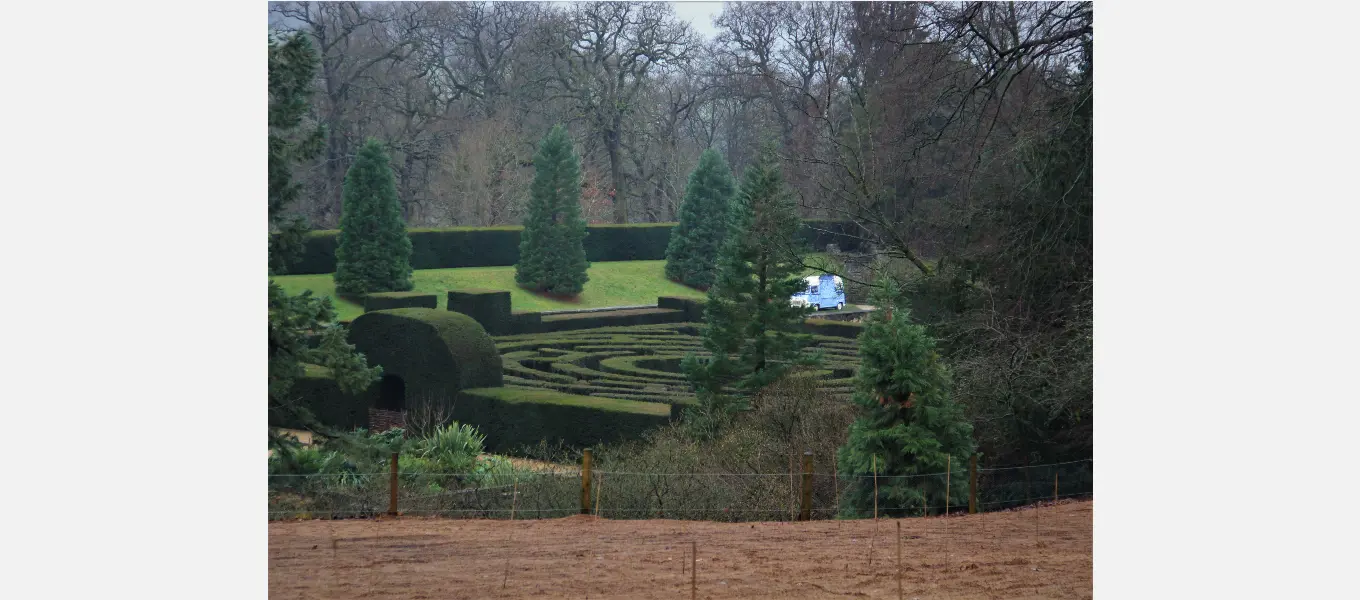
The garden team can breathe a sigh of relief knowing that the tender specimen plants from the tropical borders, which they either lifted and stored in an insulated poly tunnel or wrapped in protective fleece jackets and left in situ, will be safe from harm.
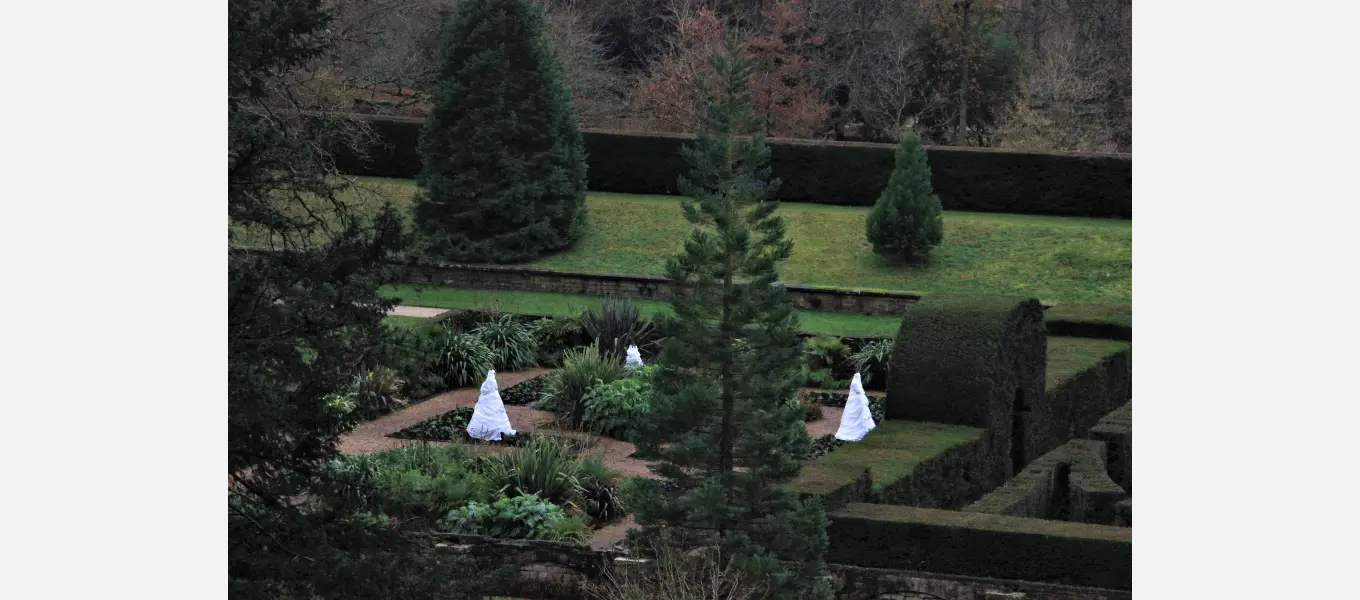
The protection offered by the range of greenhouses allow plants from warmer climates to be nurtured. We have over 800 individuals in the orchid collection alone, which benefit from this extra care and attention, many flowering during the winter months. 400 of those in flower at the moment are hybrids of Calanthe vestita, a species which originates in Southeast Asia and grows from a bulb like structure.
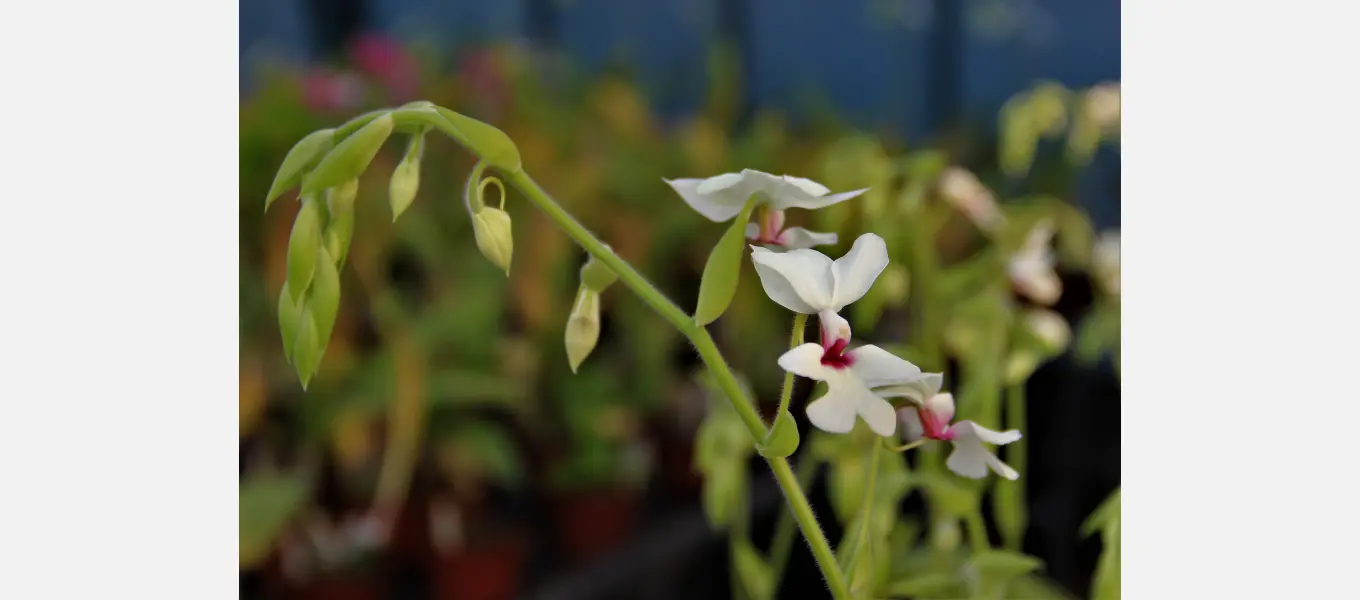
Over the past few months there has been some editing to the plant collection in the Display Greenhouse. This 1970’s, architecturally designed, protected growing environment is loosely separated into three biomes. In the cool temperate section, many of the over-grown Camellias and Acacia have been cut back hard to bring the flowering height down to eye level. This work will also allow more light and airflow to reach and circulate around smaller less vigorous plants, and help us to manage pest and disease outbreaks more effectively.
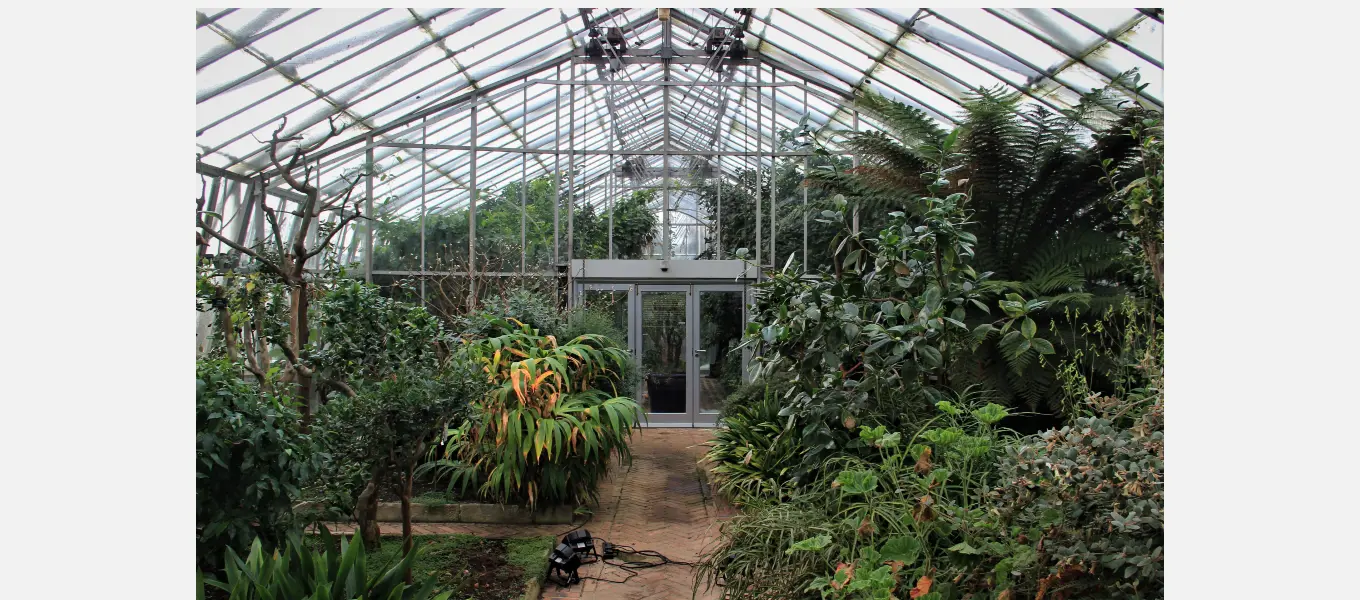
With a range of extremely productive citrus plants as the mainstay of its collection, the middle section of this glasshouse has a Mediterranean feel. We have recently cropped 100 lemons, 30 giant, imperial lemons and 50 oranges, of which there are still many more to come. These prized fruits are used in the private kitchen for marmalade, sold in the estate farm shop and are one of the botanicals being used by Peak Ales to make Chatsworth Gin.
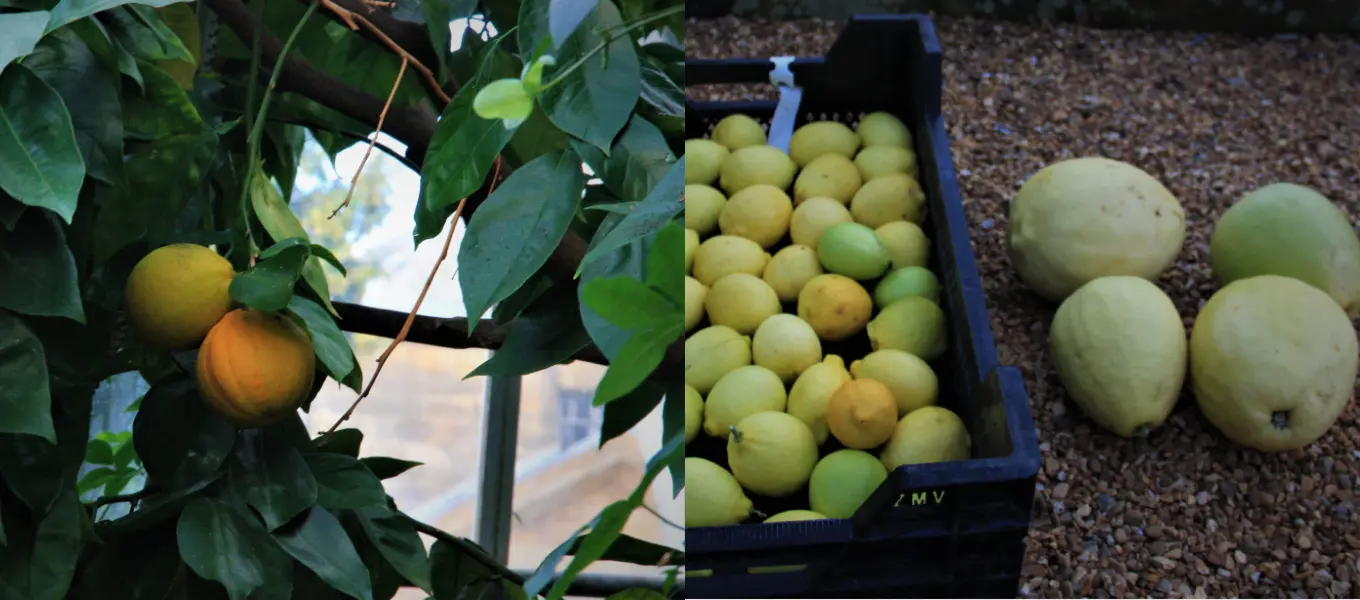
Other specimens in this assemblage include an olive tree, various passion flowers, a pomegranate, bird of paradise, kumquat and the ‘Queen of the Night’ cactus. As with the temperate section, we are looking to do some editing whilst the greenhouse is closed to extend the range of plants we grow and the stories we can tell, improving the visitor experience once we are finally allowed to reopen our indoor spaces.
In the Kitchen and Cutting garden, the greenhouses are gradually being filled with plants for the next few season’s harvest. There are also hyacinths and primulas being potted for sale at the estate farm shop, gourds being stored for the kitchen and dahlia tubers laying dormant until spring.
Cut and come again crops are germinating, soon to become thickets of dwarf, tender produce to add to winter salads. We grow a range of leafy vegetables for this purpose, including amaranth, mizuna, mustard, pak choi, parsley, rocket, sorrel and spinach. We also have 19 different varieties of beetroots, celery, celeriac, leeks mooli, kale and radishes to accompany the forage. And, as if this wasn’t enough, hidden in the dark beneath slate topped, terra-cotta tubes, are forced ‘Witloof’ chicory heads known as chicons. Forcing chicory this way produces an altogether more sublime, tender, sweeter crop than would occur in nature.
